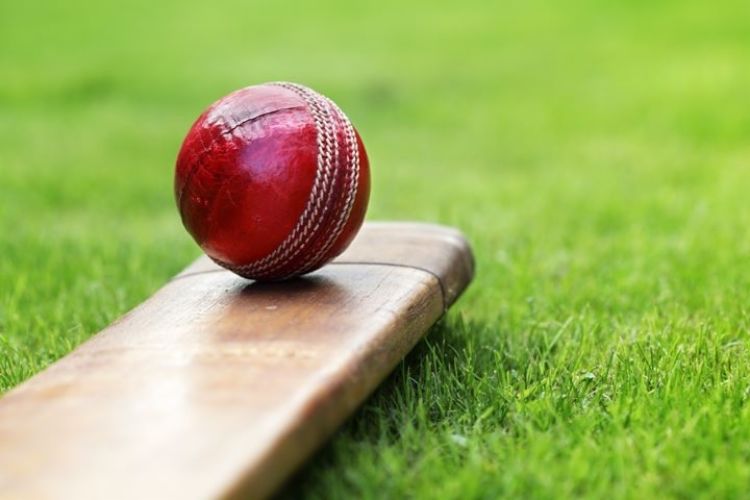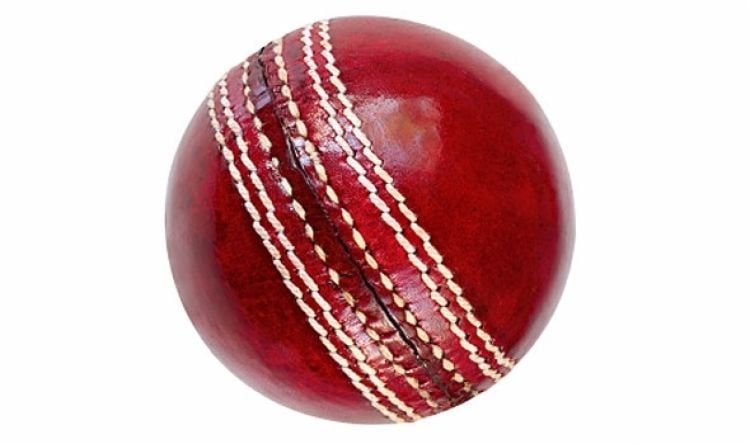Cricket, a gentleman’s game. The history of cricket goes back to colonial times where the British came out with the idea of a game other than hockey. Here, the two teams didn’t have to chase the ball. Instead, only one team would chase the ball and a member of the opposing team will try to hit it as far as possible. In fact, the only similarity between cricket and hockey was in the stick from which the ball is hit which too, didn’t survive for long. Since, then there’ve been a lot of changes and cricket has come to the form, we see today. But what hasn’t changed much during all these years, among other things, the weight of the cricket ball.
Only change that was witnessed in the weight of the cricket ball was in the allowed range. From the range between 51/2 and 6 ounces, it narrowed down to51/2 and 53/4 ounces (155.9 and 163.0 grams ) .
There has to be some reason behind this. Even if the bat changed, the number of stumps changed, even the cricket ball went through many color changes, what was the reason that no one was bothered to consider its weight again.
To answer that question, let us understand the physics of the cricket. Here, I’ll be discussing just the part where the ball and its weight are significant.

Firstly, let’s consider the life cycle of the ball in any cricket match
1. Enters the new fresh ball
2. Bowler analyses it and throws it accordingly
3. The ball goes straight or swinging, spinning, bouncing or in whatever way to the batsmen
4. Now, if the batsman was looking at the ball constantly and has everything under control, he hits the ball
a. The ball again running on the ground or flying in the air goes on and on until someone catches it following the Newton’s first law.
b. Assuming the ball wasn’t caught by some mad cricket fan, the ball returns to the same or other bowler.
c. Return back to step 2 until the ball surrenders.
5. In case, the batsman wasn’t lucky enough to hit the ball, it is caught by a guy sitting behind him, known as the wicket keeper and step we return back to step2.
Now we will analyze each step with all the Physics knowledge we have to understand the significance of the Weight of the Cricket Ball.
First event that comes is the throwing of the ball.The pitch length is 22 yards, so the speed of there must be appropriate amount of force on the ball so that it covers this distance without passing out on the way. Now, one can logically presume that the bowler cannot precisely know the exact amount of force he has to apply on the ball. This means, the ball must weigh according to the average force a bowler would apply in order to reach the batsman, or the wicket keeper.
Next thing is reaching the batsman. As a matter of fact, there have been quite a few cases where the ball killed the batsman. So, safety is one necessary point. A lighter ball may gain a lot of momentum while a heavier one may slow down before reaching the batsman. So there must be an appropriate way so that it reaches the guy in the other hand wearing the helmet and holding a bat to hit it.
Hitting the ball falls next. Although, it is not easy to hit a six in desired direction, a fair game should consider the heaviness of the ball so that it’s neither too difficult nor too easy so that, everything relies on the strategy and wits of the batsman.
When the point of fairness comes up, the guy, standing with his hands in the shape of a goblet staring in the air to catch the ball just hit by the bats man, should also have his safety considered. The ball with such high velocity, if not caught properly, may seriously injure the fielder too. In many cases it even does. Apart from that, the batsman should also have the fair chance to hit the ball so that it runs its war for the four.It is a fact that, only the length of pitch is defined. The proper specification of the cricket ground is nowhere stated.
Even if the batsman doesn’t hit the ball, it is still going to the wicket keeper or it might hit the stump and should have enough force left so as to, at least, move the bail a little.

So, in summary the weight of the ball is selected on the basis of following points:
1. It must efficiently cover the 22 yards pitch and still be able to have the batsman “clean bowled”
2. In case batsman hit, it must be light enough to hit a six with proper technique.
3. It should also be of proper weight so that it doesn’t gain enough momentum which may injure the batsman
4. The fielder should be able to catch the ball without having any wrist fracture orany other injuries.
5. If hit properly, the ball should be able to hit the boundaries, no matter how big the ground is.
Considering all these points in mind, the cricket authorities might have considered some hits and trial or some scientific calculations. The result of which came out to be the British Standard BS5993, where, among other details, the weight of the ball was also defined to fall inthe range of 51/2 to 6 ounces and later 51/2 to 53/4 ounces which is between 155.9 and 163.0 grams
It is amazing how a detail as small as the weight of a ball can have so much significance. Not only it has a role in a fair gameplay, but it is also matters while the safety is considered. Only for this reason the same cricket ball is not used while kids are playing. So, next time when the ball come to you, hit it with love, it might go higher than you planned.
